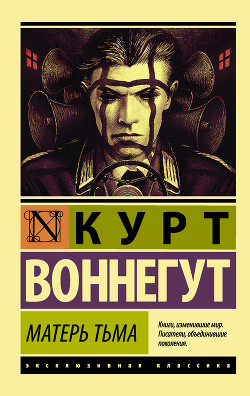Research on the extreme right is rare, and the extreme right has even more rarely been analysed as a social movement. In this volume, the extreme right is compared in Italy, Germany, and the United States using concepts and methods developed in social movement studies. In particular, the book describes the discourse, action, and organizational structures of the extreme right, and explains these on the basis of the available discursive and political opportunities. Three main empirical methods are used in the research. Firstly, the frame analysis looks at the cognitive mechanisms that are relevant in influencing organizational and individual behaviour. Second, network analysis looks at the (inter-) organizational structural characteristics of right-wingorganizations. Finally, protest event analysis allows for an empirical summary of the actions undertaken by right-wing extremists over the last decade. The substantive chapters address the organizational structure of the extreme right, their action repertoires, the framing of protest events, the definition of 'us', the struggle against modernity, old and new forms of racism, opposition to globalization, and populism.















